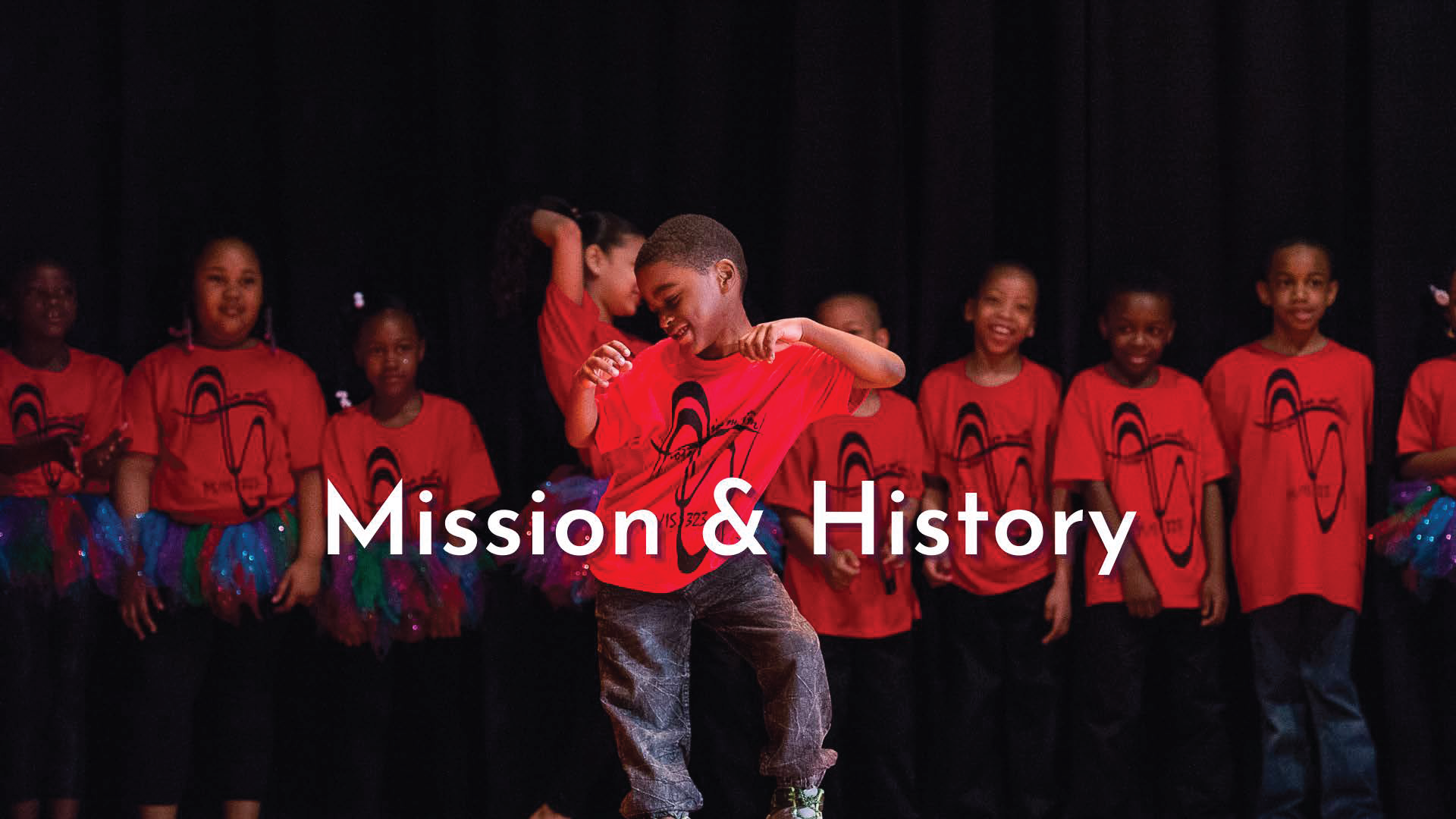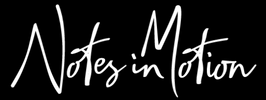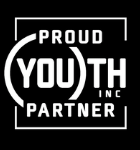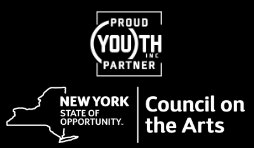
What is Notes in Motion?
Mission
History
Program Goals
Learning Objectives
Investigating fundamental dance concepts
K-2: levels, pathways, body shapes, rhythm
3-5: weight shifts, dynamics, body control, basic partnering
6-8: alignment, strength, flexibility, balance, dyamics, spatial orientations
9-12: musical phrasing, dynamic control, sequencing, understanding complex rhythms
Inventing original movements
K-2: expressing feelings/abstract concepts, working alone, collaborating with peers
3-5: finding solutions to movement problems; improvising as a group
6-8: initiating ideas, turning gestures into movement, varying dynamics and speed
9-12: developing original improv structures, exploring group dynamics, partnering
Creating their own choreography
K-2: choosing a beginning, middle, end; recalling, repeating, practicing sequences
3-5: employing structures (AB, ABA); creating as a group
6-8: articulating a theme, showing leaderships skills, experimenting with space and time
9-12: rehearsing and evaluating independently, developing material from improvisation
Performing for peers, family, and the school community at the end of each semester
K-2: show expressiveness and joy; understand appropriate performer & audience behavior
3-5: dance with focus and intent; dance with self-awareness and awareness of the group
6-8: dance with rhythmic accuracy and musical feeling, perform improvisations
9-12: dance with unique personal style, exhibit a high level of awareness and achievement
Employing dance vocabulary through writing, discussion, and video
K-2: name activities, parts of the body, choreographic ideas, and personal observations
3-5: use contrasting action & descriptive words, connect dance learning to academic areas
6-8: identify various choreographic devises (canon, retrograde), name muscles and bones
9-12: teach a dance to younger students, utilize refined observation and evaluation skills





